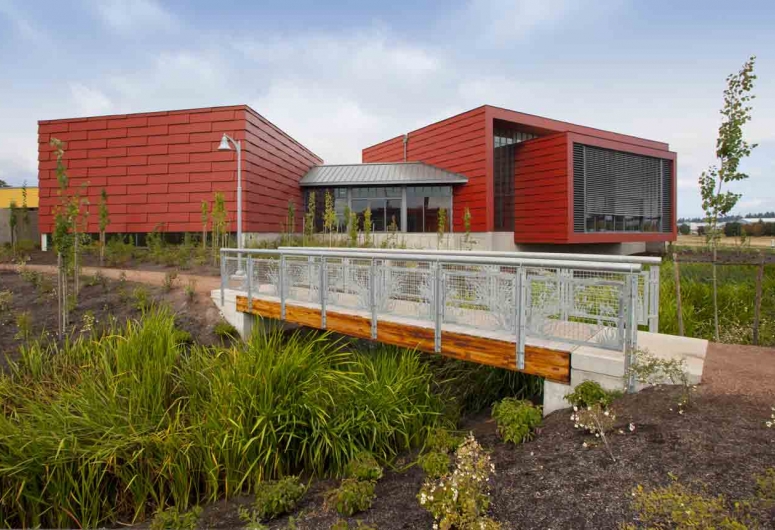In the pursuit of sustainable building design, LEED (Leadership in Energy and Environmental Design) certification stands as the pinnacle of excellence. Among the many credits available within the LEED certification process, enhanced commissioning is one of the credits with the most value-add, particularly in Washington state. Today we will be exploring the significance of LEED Enhanced Commissioning, the benefits, and how it contributes to achieving sustainability goals.
LEED enhanced commissioning is a comprehensive process that extends beyond standard commissioning requirements to optimize the performance of building systems and ensure long-term sustainability. It involves engaging a commissioning authority (CxA) early in the design stage to provide insight throughout design, construction, and occupancy.
Key Components of LEED Enhanced Commissioning
- Early Engagement: Enhanced commissioning starts during the design phase, allowing for the commissioning authority to review the design documentation, specifications, and plans to identify any potential opportunities for energy efficiency, occupant comfort, and operational optimization.
- System Verification: The commissioning authority verifies the installation, integration, and performance of the building systems including the HVAC, lighting, controls, and renewable energy systems. This ensures they will be functioning to meet the owner’s requirements and design intent.
- Functional Testing: Functional testing is conducted to verify that building systems operate as intended under numerous operating conditions, such as occupancy levels, seasonal changes, and emergency circumstances. Any deficiencies or deviations from the design intent are documented and addressed.
- Training & Documentation: The commissioning authority provides training to building operators and maintenance staff on the proper operation and maintenance of the building systems. Detailed documentation including operation manuals, maintenance schedules, and commissioning reports are provided to support the long-term building operations post occupancy and project conclusion.
- Performance Verification: Post building occupancy, the commissioning authority will conduct performance verification to ensure the building continues to operate efficiently and effectively over time. This can include ongoing monitoring, measurement, and analysis of energy consumption, indoor air quality, thermal comfort, and any other applicable key performance indicators.
Benefits of LEED Enhanced Commissioning:
- Enhanced Efficiency: Enhanced commissioning supports in optimizing building systems for maximum energy efficiency, resulting in reduced energy consumption, decreased operating costs, and lower carbon emissions.
- Indoor Environmental Quality: By verifying the proper installation and operation of the HVAC systems, lighting controls, and other key indoor systems, enhanced commissioning helps maintain a high indoor air quality and thermal comfort leading to occupant satisfaction.
- Sustainability Leadership: Achieving LEED certification, with Enhanced Commissioning as a key credit, demonstrates a commitment to sustainability and environmental stewardship. It positions building owners and developers as leaders in green building practices.
- Optimized Lifecycle Performance: Enhanced Commissioning ensures that building systems are designed, installed, and maintained to optimally perform over the building’s lifetime. This leads to improved durability, reliability, and longevity of the building systems, while also reducing the need for costly repairs and future system replacements.
- Regulatory Compliance: LEED certification, including Enhanced Commissioning, can help building owners meet or exceed regulatory requirements related to energy efficiency, indoor air quality, and environmental sustainability.
In Washington state, where sustainability is a core value and energy efficiency is a paramount, LEED enhanced commissioning emerges as a critical tool for achieving green building certification. By engaging a commissioning authority early in the design process, verifying the performance of building systems, and ensuring ongoing optimization and maintenance, building owners can unlock the full potential of their buildings to operate efficiently, sustainably, and resiliently for years to come. If you’re considering pursuing LEED certification, don’t underestimate the value of enhanced commissioning, it may be the key to your sustainability success.

